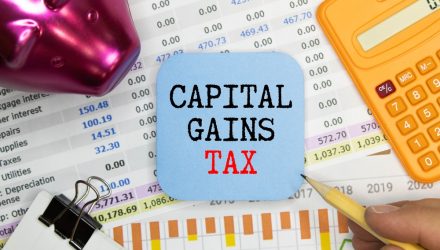Capital gains season is almost upon mutual fund investors. This is a time when fund managers attempt to give their investors an idea of what their 2022 tax bills may look like by estimating how much their funds will distribute in income and capital gains later in the year.
While the broad market is down roughly 20%, significant distributions are still expected. Because of sell-off triggered outflows and investors continuing to switch from actively managed stock funds for passive ETFs, many managers have had to realize gains from a strong 2021 to meet redemptions.
This means that funds hit with sharp losses this year could still distribute capital gains to investors. Investors who own funds in a taxable account will have to pay taxes on these distributions, which typically come in mid-December.
Fund managers have begun to release their distribution estimates, and Morningstar’s Capital Gains Roundup for 2022 evaluates what investors can to expect from some of the larger fund families. Preliminary estimates show strategies in Morningstar’s value, blend, and growth categories will make sizable distributions.
One major advantage that ETFs have over mutual funds is that they are more tax efficient, which can come in handy when looking to mitigate one’s tax bill.
“When an advisor redeems shares of a mutual fund, the action can cause portfolio management to sell long-held positions, triggering capital gains to remaining shareholders,” said Todd Rosenbluth, head of research at VettaFi. “But with an actively managed or an index-based ETF, most trading takes place between buyers and sellers in the secondary market without impacting the portfolio.”
Advisors and end clients have redeemed approximately $800 billion from mutual funds so far this year, while adding $500 billion to ETFs, according to Investment Company Institute.
Among the managers listing their capital gains estimates is American Century Investments. For investors concerned about paying taxes on capital gains from mutual funds (even though they’re trading down this year), American Century has several ETFs that do not expect to distribute any capital gains.
Examples include bond funds like the American Century Diversified Corporate Bond ETF (KORP) and the American Century Diversified Municipal Bond ETF (TAXF), as well as equity funds like the American Century Focused Dynamic Growth ETF (FDG), the American Century Low Volatility ETF (LVOL), and the American Century Mid Cap Growth Impact ETF (MID), to name a few (check out the list — it’s pretty extensive).
For more news, information, and strategy, visit the Core Strategies Channel.


